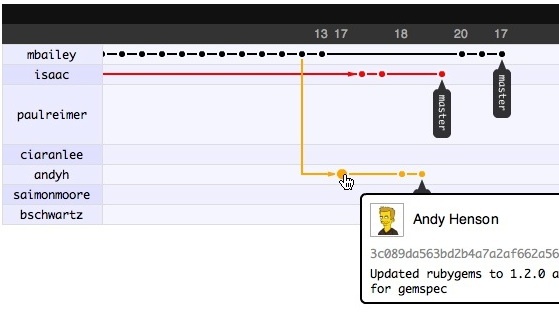Growing your Xen guest disks with xen-resize-guest
This morning I woke to a notification from nagios telling me the disk was full on one of the slices I manage for a client. I knew what I had to do. As we run Xen virtual servers on dedicated hardware I could shut down the slice, increase the lvm size, grow the filesystem and then fire up the slice again. What I didn't look forward to was reading man pages and googling to find out exactly how to do that.
I was glad to discover that Steve Kemp's xen-tools-3.9 (a collection of scripts for creating and managing xen virtual machines) contains a command that does just what I needed. This script is not included in Ubuntu 7.10's package (xen-tools-3.5) so I just copied the script from the source distribution.
Xen-tools is well thought out, simple to use and easy to extend. I've been using it since I started using Xen and highly recommend it.
xen-tools-resize allowed me to grow the main disk for my gateway slices from 2GB to 10GB in about a minute with just one command. That left me with time to tell you about Steve's awesome toolkit! Steve's also got some great sysadmin tips at http://www.debian-administration.org/
root@sm01:~# xen-resize-guest --hostname=gw1 --add=8Gb
Preparing to resize image: /dev/vm_local/gw1-disk
Sleeping for 9 seconds to allow cancel
Sleeping for 8 seconds to allow cancel
Sleeping for 7 seconds to allow cancel
Sleeping for 6 seconds to allow cancel
Sleeping for 5 seconds to allow cancel
Sleeping for 4 seconds to allow cancel
Sleeping for 3 seconds to allow cancel
Sleeping for 2 seconds to allow cancel
Sleeping for 1 seconds to allow cancel
Sleeping for 0 seconds to allow cancel
DO NOT INTERRUPT
Extending logical volume gw1-disk to 10.00 GB
Logical volume gw1-disk successfully resized
Checking filesystem
e2fsck 1.40.2 (12-Jul-2007)
Pass 1: Checking inodes, blocks, and sizes
Pass 2: Checking directory structure
Pass 3: Checking directory connectivity
Pass 4: Checking reference counts
Pass 5: Checking group summary information
/dev/vm_local/gw1-disk: 22115/262144 files (1.7% non-contiguous), 264768/524288 blocks
Resizing in place
resize2fs 1.40.2 (12-Jul-2007)
Resizing the filesystem on /dev/vm_local/gw1-disk to 2621440 (4k) blocks.
The filesystem on /dev/vm_local/gw1-disk is now 2621440 blocks long.
All done
